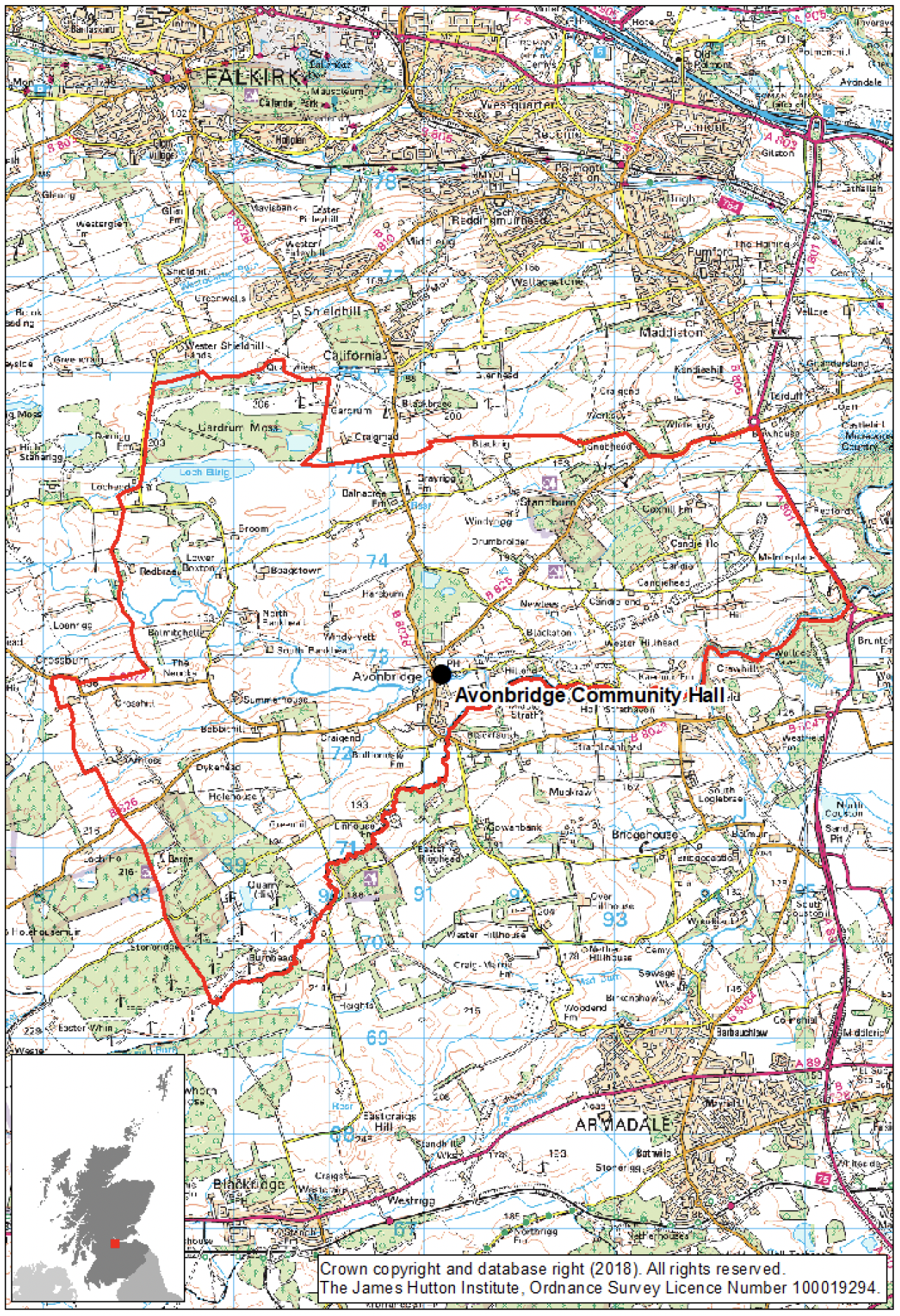Spreading of sewage sludge to land - impacts on human health and the environment: community concerns
This workshop summary report is part of the research project undertaken by the James Hutton Institute on the impacts on human health and environment arising from the spreading of sewage sludge to land (CR/2016/23).
Executive Summary
The practice of spreading sewage sludge to land has proved controversial with communities in proximity to affected areas. This report contains details of a community engagement workshop attended by local residents and invited citizens from other affected communities in Scotland.
Sewage sludge is a valued source of plant nutrients as well as organic matter and thousands of tonnes of sewage sludge are spread to land in Scotland each year. However, it does contain various potentially hazardous agents that need to be managed appropriately and there is a recognised impact on the wellbeing of residents in the proximity of sites where sewage is spread as well as issues due to malodour. In order for researchers to share information with community members to ground the investigation in a real-world context and for legitimate concerns to be raised and reported to Scottish Government and other members of the project Steering Committee (namely SEPA and Health Protection Scotland) a community engagement workshop was held.
Summary of the stakeholder engagement
A community engagement was conducted in Avonbridge Community Hall in the Falkirk area (see map). At the request of the steering committee two members of Avonbridge and Standburn Community Council, who were known to be at the centre of complaints around the issue of spreading sewage sludge to land, were contacted. Their activism appears to have helped galvanise local opposition to the practice of sludge spreading and the workshop was mainly attended by local residents with concerns about the practice who had been recruited by the community councillors. The workshop participants were, to varying degrees, already opposed to the practice that they viewed as detrimental to their wellbeing. They were willing to share their experiences, interested in discussing issues with the project team and seemed engaged in the workshop exercises which had been designed, using principles of participatory research, to capture their perspective and to be a site of co-construction. Participants expressed concerns apparently stemming from malodour but ranging across many issues. It is possible to divide the concerns into those associated with the possible effects of the substance being spread and those concerning the practices and alleged malpractices surrounding the spreading. These latter included transportation, application to land and general governance arrangements (for example, inspection).
Substance Effects
Regarding the actual substance, participants regarded the odour nuisance as a severe detriment to their wellbeing. Normal life, from the enjoyment of the outdoors to opening windows at home was said to be compromised by frequent strong and unpleasant odours. Many felt that their health was at risk from a level of odour that made them feel nauseous. Some felt that animals must also be suffering particularly farm animals grazing in areas subject to spreading. There were fears expressed about the possible toxic effects of the material in aerosol form and about potential environmental damage. It was noted that half the participants thought that there should be a ban on all application until further research can prove that the application of sewage sludge to land carries no risks.

Malpractice
Several participants were particularly agitated about aspects of the transportation of the material. Some had taken it upon themselves to log the frequency, number and times of vehicle movements which they considered to be detrimental to their wellbeing. Allegedly, too many lorries were active in the locality throughout the day and altercations between residents and lorry drivers were reported. Residents were also concerned about odour emissions and spillages from the lorries.
The project team outlined best practice and regulation regarding quantities and frequencies of application to land which many participants strongly felt did not reflect their experience. Some participants described more frequent and more concentrated applications in the locality. Several believed that contractors routinely exceed the legislative requirements of application in their area.
Regulatory bodies came in for sustained criticism at the workshop. They were held to be ineffectively carrying out testing and monitoring. There was general agreement that controls need to be improved to better monitor the contractors and enforce good practice. There was also evidence of a general lack of understanding about which agency was responsible for what. Participants recounted frustration in communicating with authorities who were accused of 'passing the buck'. Between Scottish Water, SEPA and the local authority, participants complained that it was difficult to pursue their grievances. Some of the participants suggested that better governance would be likely to mitigate their concerns whereas others felt that only a complete ban would be an acceptable outcome.
Additional findings
One key observation that the project team made was that some of the participants aggregated the spreading of agricultural slurry and the spreading of sewage. The overarching matter of odour seemed to compound these two issues. It was difficult to disentangle which was which at the workshop where participants had little specific evidence to present although our experts considered anecdotes relating to wet application to be highly likely to relate to slurry rather than sewage given that sewage is generally converted into dry pellets prior to application to land. This conflation might be a serious obstacle to achieving public support for this practice given that odour appears to be the catalyst for opposition.
A wider point worth noting is that the activities of local activists can often be significant in politicising issues and bringing them to the attention of national authorities (Riverstone-Newell 2009) https://academic.oup.com/publius/article/42/3/401/1825241 which appears to be the case here. From this local engagement it is difficult to ascertain the extent of public concern, but it could be relatively localised and as a result more manageable than other environmental nuisance issues.
Contact
Email: gary.gray@gov.scot
There is a problem
Thanks for your feedback